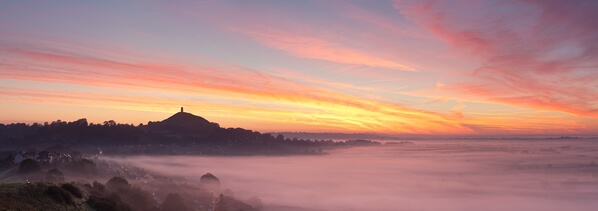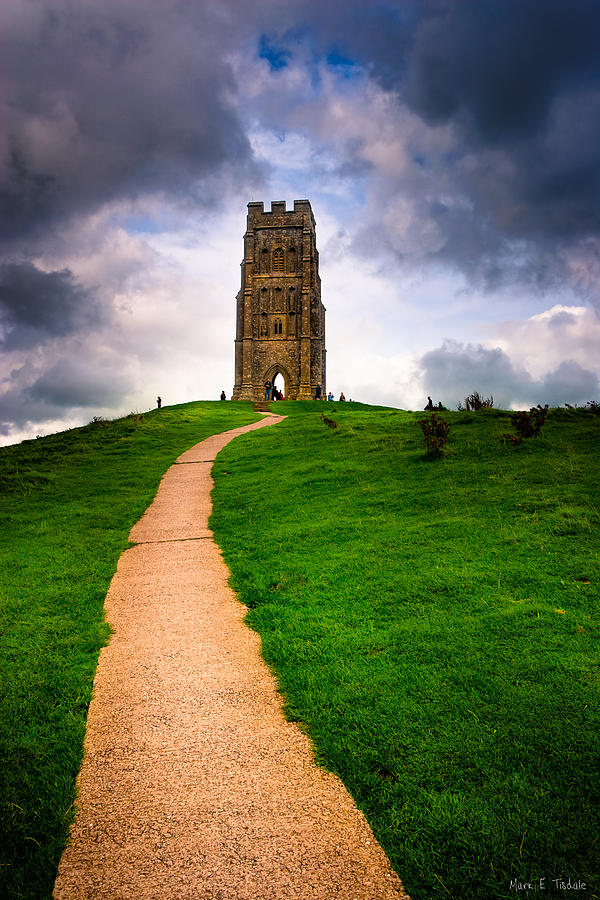
The best views are actually to be had from the south across the Somerset Levels looking back to the Tor. When you have a hill that is the highest for miles around, there is a temptation to climb to the top and shoot the view – but here’s the thing: Glastonbury Tor and St Michael’s Church are the subject. Do not leave any camera kit in your car if you do decide to risk parking in the nearby lanes. The lanes around the Tor are a haunt for car thieves. The local authority and the National Trust prevent it in the adjacent lanes, so your only option is to park in Glastonbury and walk, or catch the shuttle bus. It’s a reasonably easy walk to the top of this 500ft hill, with pedestrian access to the site from the north east via Stone Down Lane, or the south west from Wellhouse Lane.Ĭar parking is a nightmare.

Rising high above the Somerset Levels, historic Glastonbury Tor is visible from up to 20 miles away on a clear day. Legends and mysteries abound, the site is maintained today by the National Trust and is listed as a scheduled monument.Make the most of clear, crisp early mornings to catch the Tor at its best, but go prepared with a selection of zooms, a good map and thermal wellington boots. The last abbot of Glastonbury Abbey, Richard Whiting, was hung, drawn, and quartered at the tower along with two of his monks for their loyalty to Rome. The tower was also the site of a grisly episode during the 16th-century. It’s said that Jesus himself also traveled to the Tor di Glastonbury as a young boy.Ītop of the hill stands a bell tower that once belonged to the church of St Michael.

Then there’s the story that Jesus’s uncle, Joseph of Arimathea, buried the Holy Grail on the hill. The hill is also said to be the home of a hidden cave that allows safe passage into the fairy realm of Annwn. However, this isn’t the only legend associated with the hill. During the 12th and 13th centuries, it was widely believed that the hill was once the island where Excalibur was forged and where King Arthur recovered from the Battle of Camlann. This massive hill has also been referred to as Ynys yr Afalon or the Isle of Avalon from the Arthurian legend.


 0 kommentar(er)
0 kommentar(er)
